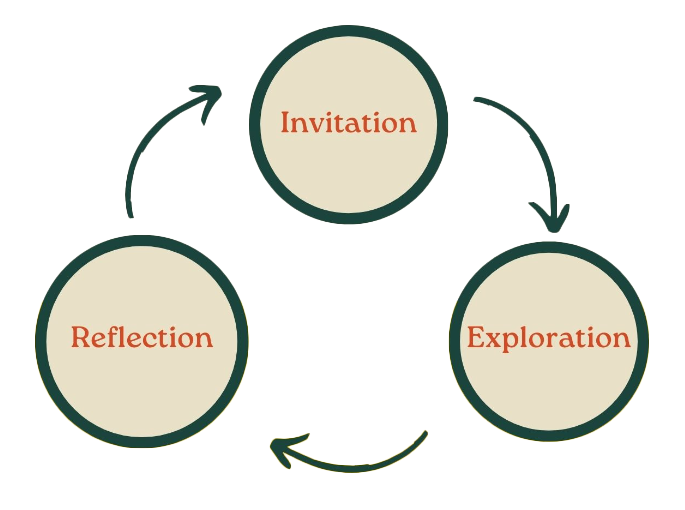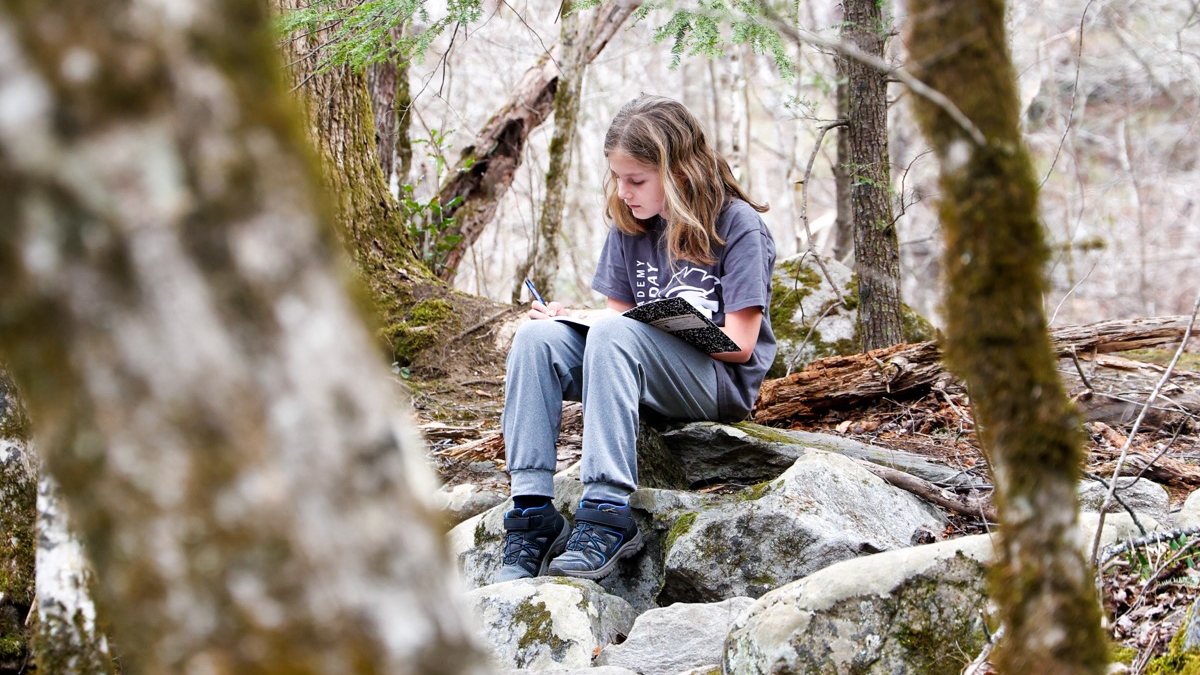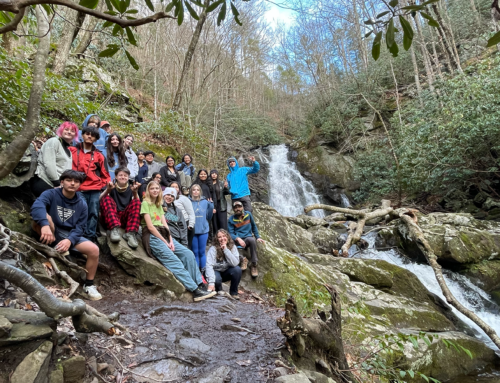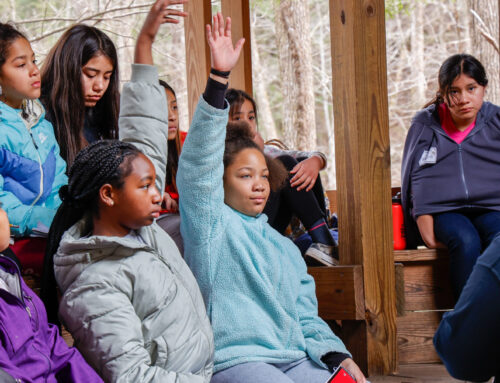Every day at Tremont, we see the impact of fostering curiosity-driven learning experiences; it ignites passion, brings classroom content to life, and deepens long-term understanding. The Schoolyard Network is a free virtual resource for educators to learn from our experiences and each other, with the goal of using the outdoors to engage and empower students. We host monthly calls during the school year to share and explore concepts to support this type of effective teaching.
As we continue to seek new ways to engage and empower our students, one methodology stands out as a beacon of effective teaching: inquiry-based learning. Over the past two Schoolyard Network sessions, we delved into the heart of this approach, exploring the intricacies of the inquiry learning cycle and its application in the classroom. Drawing inspiration from the BEETLES (Better Environmental Education, Teaching, Learning & Expertise Sharing) project, we explored three fundamental components of this cycle: Invitation, Exploration, and Reflection/Debrief.
 Invitation: We kickstart the learning journey by engaging learners with a compelling invitation. This isn’t just about grabbing attention; it’s about tapping into prior knowledge and setting the stage for meaningful connections. Whether it’s through an anticipatory set or a thought-provoking hook, the invitation lays the groundwork for learning experiences that stick.
Invitation: We kickstart the learning journey by engaging learners with a compelling invitation. This isn’t just about grabbing attention; it’s about tapping into prior knowledge and setting the stage for meaningful connections. Whether it’s through an anticipatory set or a thought-provoking hook, the invitation lays the groundwork for learning experiences that stick. - Exploration: With curiosity piqued and some independence from the instructor, learners engage in open-ended exploration of objects, organisms, phenomena in the natural world, and/or new concepts or ideas. Exploration generates curiosity and questions, and causes the learner to grapple and make sense of their discoveries. It’s a great opportunity for students to spend time “falling in love” with some aspect of nature.
- Reflection/Debrief: As the exploration winds down, learners engage in reflective practices. Through discussion, quiet contemplation, or creative expression, they compare ideas, analyze their learning journey and conduct new understandings. Reflection isn’t just about looking back; it’s about synthesizing experiences and forging new conceptual frameworks.
In our recent sessions, we put theory into practice, immersing ourselves in hands-on activities that tapped into the inquiry learning cycle. In the first session, teachers dove into a mapping activity around habitats and adaptations, first experiencing the activity as participants, and then examining it through the lens of their classroom and curriculum needs. The second session built on the first, as teachers created imaginary critters perfectly adapted to thrive in their ecosystem. In both sessions, we embraced the power of curiosity and exploration.
Interested in trying the Inquiry Learning Cycle in your own classroom or schoolyard? We’ve compiled all materials from the sessions, including slides and resources, for your use.
We invite you to join us for future Schoolyard Network virtual calls, where we delve deeper into inquiry-based practices, share insights, and support one another on our educational journeys. Together, we are creating a community of passionate educators dedicated to fostering curiosity and inspiring lifelong learning. It’s free to participate – simply sign up for the Schoolyard Network and we’ll send you invitations to join each month’s calls. Want to stay in touch between meetings? Join the Schoolyard Network Facebook Group.
Cover image by Rich Bryant.





![A Deep Dive Into Wetlands [Free Lesson Plan]](https://gsmit.org/wp-content/uploads/2024/02/madeline-blog-cover-500x383.png)
![Are You a Math and Science Person or a History and English Person? [Free Lesson Plan]](https://gsmit.org/wp-content/uploads/2024/01/Girls-in-Science-Erin-Rosolina-3-1-500x383.jpg)
